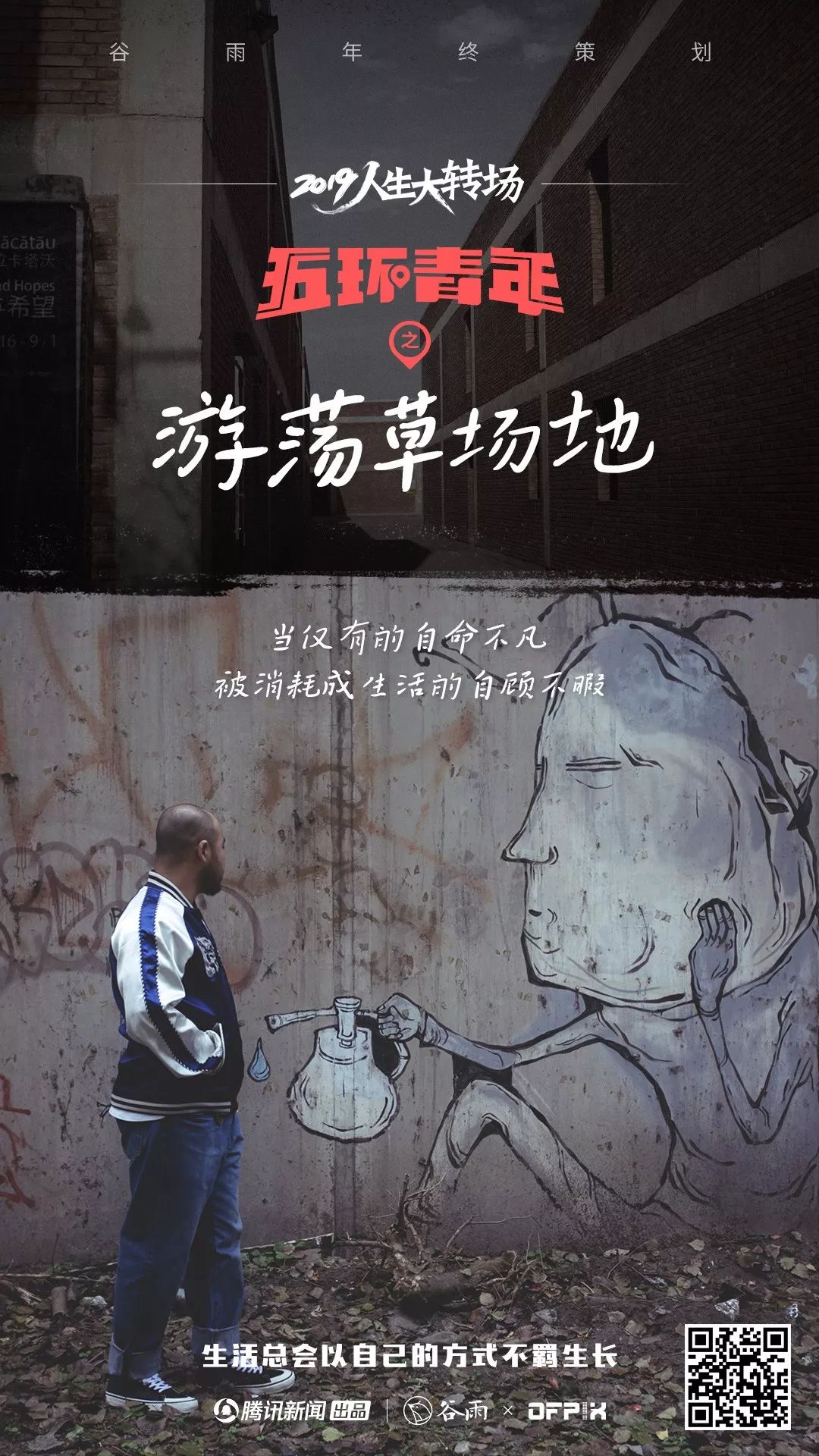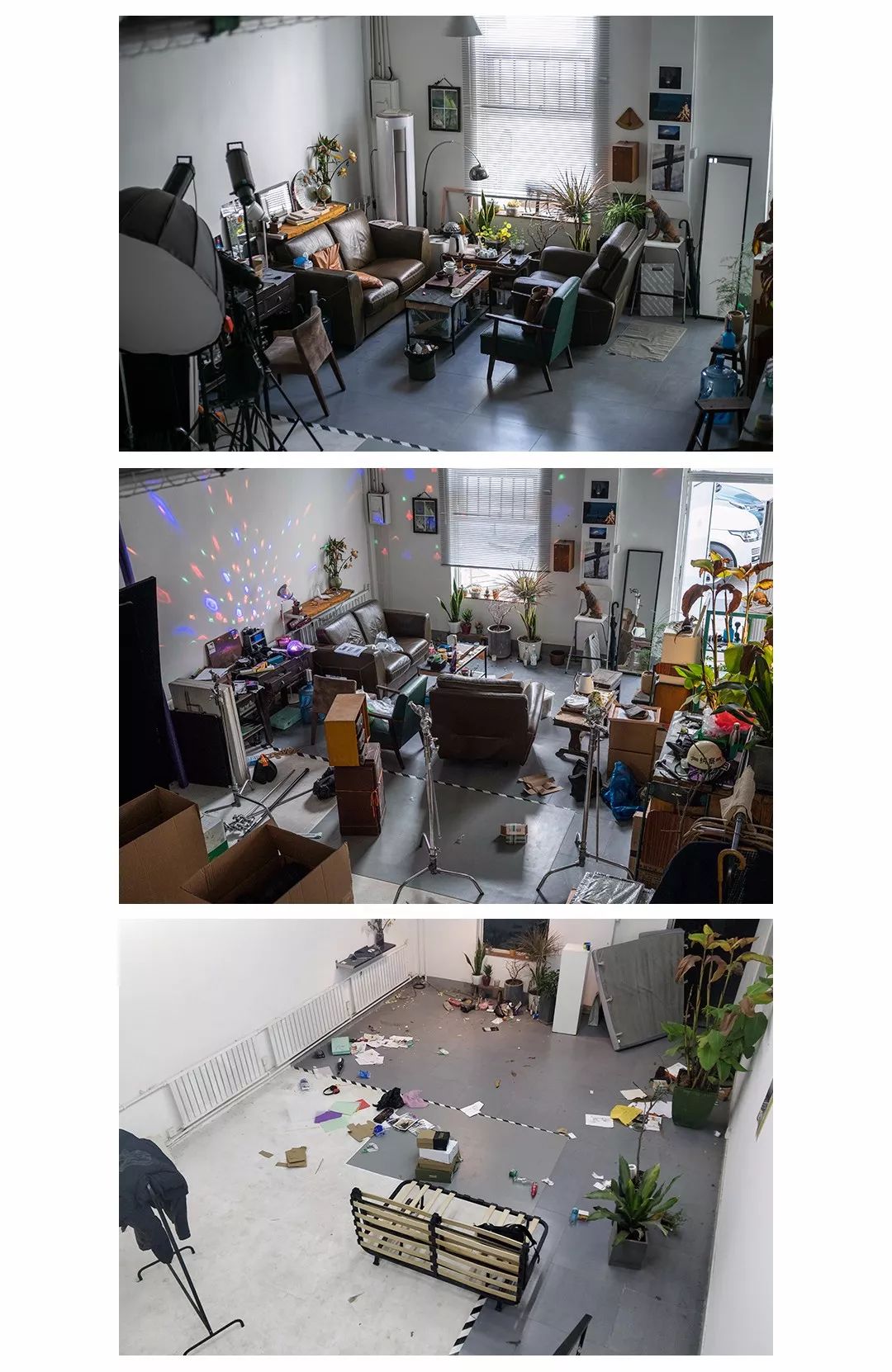As rents rise and living pressures increase, these art islands are migrating towards the edges of farther cities.
Originally from the public account “Guyu Lab-Tencent News” (ID: guyulab), Photographer and Wen Qujunyan, Editor Wang Ruoji, Tencent News Gu Yu x OFPiX, Reproduced with permission. If this article is not reproduced by Gu Yu Labs Reproduced with permission.
Beijing’s northeast fifth ring road, surrounding 798, these places that don’t sound like art—circles, grass fields, black bridges, wineries, and Feijia Village are all active artists’ settlements and roaming places for young artists. . However, with rising rents and increasing living pressures, these art islands are migrating towards the edges of farther cities.
Gu Yu planned the “Five Rings Youth” of “The Great Life of 2019” at the end of the year. The following is the story of the art district.

On November 9, in Caochangdi Art District, photographer Qu Zhaoheng’s studio door was posted with a notice requesting removal within five days. Tenants are a little overwhelmed-this is an “illegal” home. That night, everyone discussed all the options: reasons, countermeasures, nearby listings, the fastest moving speed, but in the end they ended up nowhere.
The retired “bullet” flew for more than a month, and finally landed in late December. Residents were formally asked to move out of the studio. Qu Zhaoheng does not want to leave, but it is difficult to find a space that meets his requirements in a short time. He can only pack a friend’s house first, and then come up with a solution next year.
Integrate into the city or stay away? Strive for survival first, or pursue personal experiences at all costs? Here, there is always a sharp collision between reality and ideal.
An art in Feijia Village, Cuigezhuang Township, Chaoyang DistrictIn the park, there are shelves with the words “art”.
Qu Zhaoheng seeing an exhibition in a gallery in Caochangdi
The grass field is Qu Zhaoheng’s last insistence. His studio is more expensive than those in Tongzhou, Shunyi, and even Miyun. In Songzhuang outside the Sixth Ring Road, the annual rent for a land of similar size is less than 30,000 yuan. But he likes the unique artistic atmosphere here: “It’s very diverse, it can reach a variety of different people, and there are a lot of weird things.”
Qu Zhaoheng was born in 1995. He has made documentaries before. He has tried art, documentary, and commercial photography. He also wanted to save money for a film photography training course at Beijing Film Academy. “My work is more fragmented because my whole person’s state is fragmented and it is related to unstable living conditions.” He and his friends have already set up a team of six or seven people. Photos and videos can be taken. The business is watching. Get better and suddenly leave, “My head is a little dizzy.”
“Beijing, you don’t do anything, it will consume you.” Qu Zhaoheng’s hometown, the painter Xie Zhengsai said.

Qu Zhaoheng’s studio before and after leaving
Qu Zhaoheng came to Beijing in 2016 and lived in Xie Zhengsai’s art studio in Huan Tie before moving to the grass field. At the beginning Xie Zhengsai advised him to take his time, live around the art circle and find a stable job. But Qu Zhaoheng just wanted to set up an independent space of his own, “convenient for creating and seeing friends.” He borrowed money to raise his studio and lived here for nearly a year without paying off his debt.
“I don’t know where I can go. The goal is to take root before coming to Beijing,” said Qu Zhaoheng. “I care about experiencing and experiencing different things.” At least, he is in his own studio. I lived my favorite life here. On the one hand, I worked hard to catch up, on the other hand I planted flowers and grass and collected some old things. When my friends came, they chatted and drank tea together.
